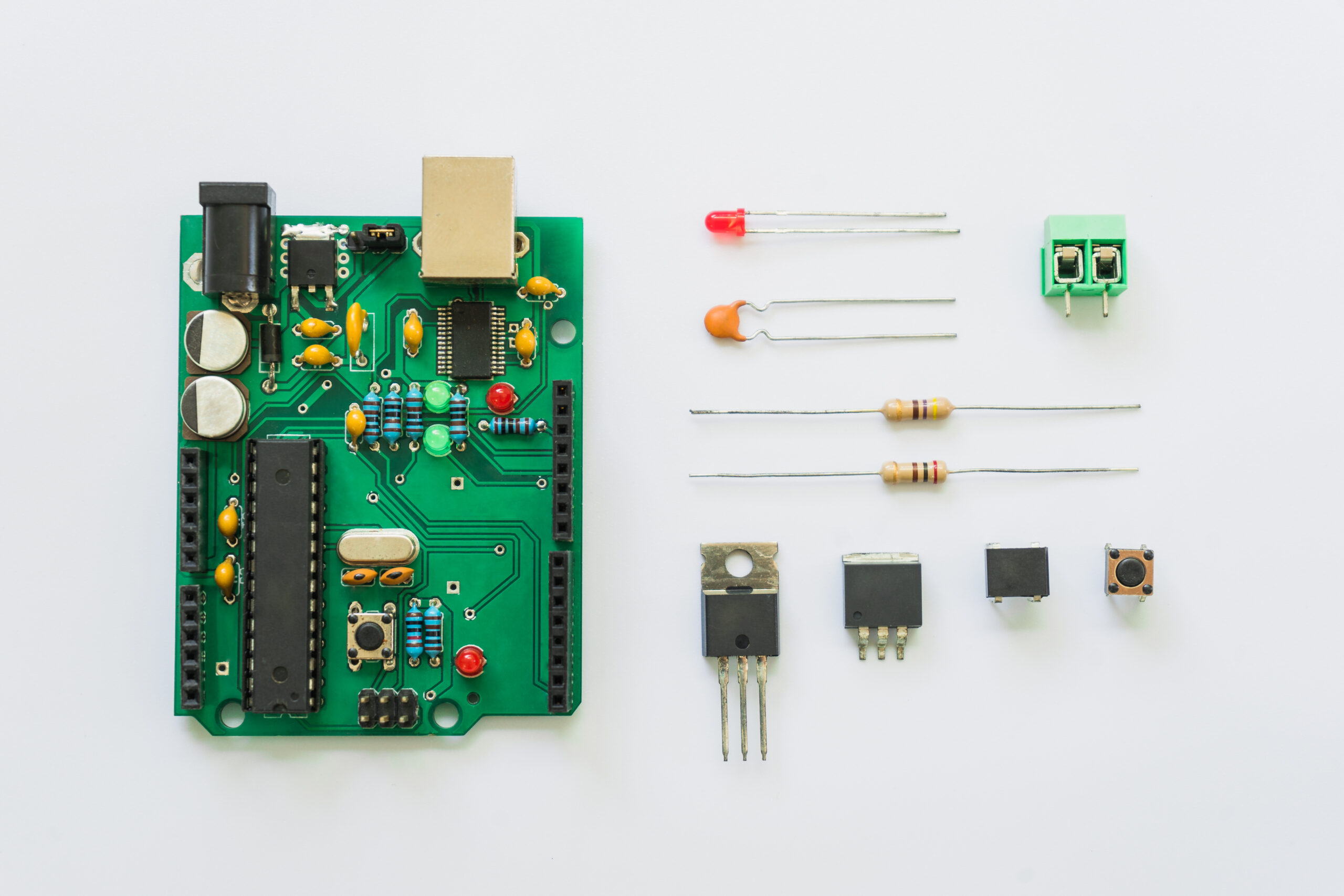Lead times for electronics components like resistors, capacitors, and antennas are in constant flux, but recent years have seen these times growing longer and longer.
The causes are many, ranging from raw material shortages to trade wars. COVID-19 presents even more challenges in an industry where timing is everything. As part of your risk mitigation strategies, lead times should be an important factor in your design.
3 Ways to Take Control of Lead Times on Your BOM
While it’s true that there is no way to directly affect lead times as an individual organization, there are ways to incorporate this key factor into your designs and ultimately avoid costly delays as a result:
#1 – Work Closely With Your Suppliers
A close relationship with your suppliers can be one of the most powerful tools in your arsenal against risk. By communicating details like your sales forecasts, long-term order plans, and new product introductions, you can not only keep them in the loop, but find out about potential hurdles earlier in the process.
If possible, focusing on smaller, more consistent orders could give you more insight into changing lead times and keep your supplier engaged with your business.
Diversifying your suppliers also gives you recourse in the event of a spike in lead times, but depending on the types of components, this may not be an option.
Negotiating quotes with your suppliers can also open up opportunities to reduce lead times if you need to arrange for a rush order that ultimately gets your product to market faster than the competition.
#2 – Design With Long Lead Times in Mind
Proper research and insight into the industry is critical if you want to understand the inherent risk around lead times in your design. Keeping up-to-date on factors like shortages and increased demand from other industries helps you better inform your design.
Keeping manufacturers in the loop early on in the design process also allows them to provide feedback on the feasibility of components and their viability in a mass-produced context.
Sharing prototypes in this sense can offer key insights into the design for manufacture (DFM) elements to consider before moving forward.
#3 – Strive for Flexibility
Given the uncertainty of electronics components in terms of stock, long-term inventory, and lead time, flexibility is all but a requirement in your product designs.
The components on your BOM should have multiple alternates available in the event that you need to shift at any point in the sourcing process. This is perhaps the most control you can possibly have over lead times, as it allows you to quickly shift to another option.
Searching and finding alternate components on Findchips allows for fast and decisive agility in this regard. Multiple alternates are available for components on your BOM based on generalized specs and those that match form, fit, and function (FFF).
As a rule of thumb, having two or more alternatives in mind presents you with a safety net in the event that lead times spiral out of control. Combine this with our Risk Rank algorithm, which examines other risk elements for components in your BOM, and suddenly it becomes far easier to establish a risk mitigation strategy across multiple layers of your sourcing efforts.
Over To You
Lead times are an important factor in assessing risk, but they are largely outside of our control. Even so, the proper data and intelligence, combined with sound strategies, offers a chance to avoid worst case scenarios in many cases.

